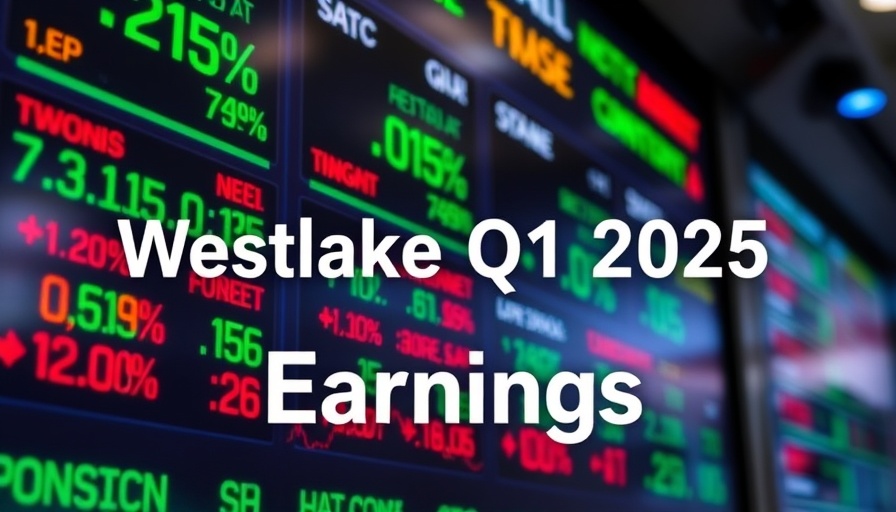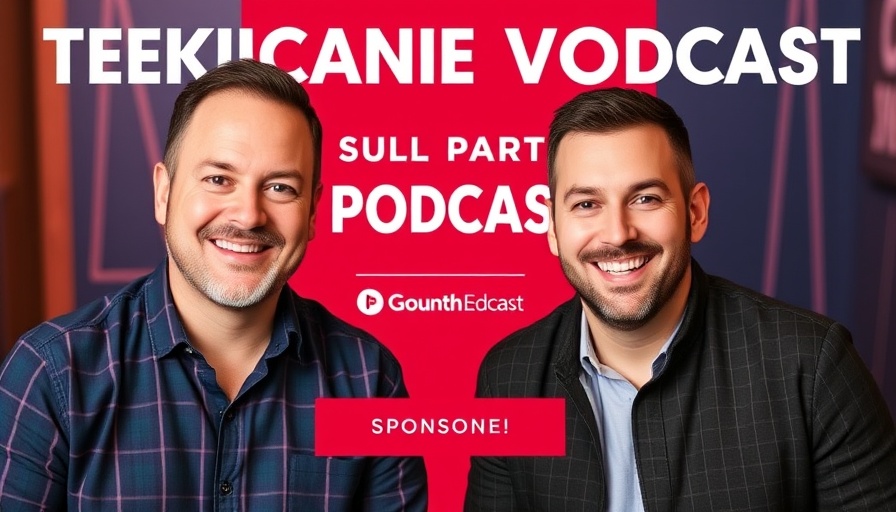
Westlake’s Q1 2025 Missed Expectations: Understanding the Implications
In the fast-paced arena of commercial construction, every quarter brings new data that shapes strategic decisions. Westlake's recent earnings report for Q1 2025 revealed a miss on expectations, sparking concern among stakeholders. For business owners, property developers, and facility managers, this underperformance can foreshadow larger market trends that might impact their operations.
The Bigger Picture: Economic Challenges
Westlake's disappointing results come against a backdrop of ongoing economic challenges, including fluctuating raw material costs and labor shortages. These factors can significantly affect project timelines and budgets, making cost management more critical than ever for property developers. For instance, the construction inflation rate has accelerated, and as businesses cut back on expenses, cautious planning is essential for financial health.
Identifying Opportunities Amidst Challenges
While Westlake's actual earnings fell short, it also unveiled potential areas for growth within the industry. The increased emphasis on sustainable building practices may create new opportunities. Businesses adopting green technologies are finding that innovative solutions not only attract environmentally-conscious clientele but also yield a higher return on investment. Thus, considering sustainable practices in upcoming projects might offer a competitive edge.
Aligning Operations with Market Trends
How can construction firms and developers navigate these turbulent waters? By being agile and responsive to market trends. This means placing a premium on technology in project management, adopting materials that drive long-term sustainability, and ensuring health and safety in the workplace. The right tools can help manage project risks and enhance efficiency.
Engaging the Community: The Role of Collaborative Development
Another key takeaway from Westlake’s report is the increasing importance of community engagement in project planning. As consumers become more invested in the environmental impact of developments, integrating local stakeholder views can enhance project acceptance and ensure long-term success.
Takeaway: Planning for Future Success
While Q1 2025 may not have delivered ideal results for Westlake, it serves as a critical reminder of the dynamic nature of the construction industry. By being proactive, embracing innovation, and prioritizing responsible building practices, businesses stand a better chance of thriving despite any market fluctuations.
 Add Row
Add Row  Add
Add 




Write A Comment